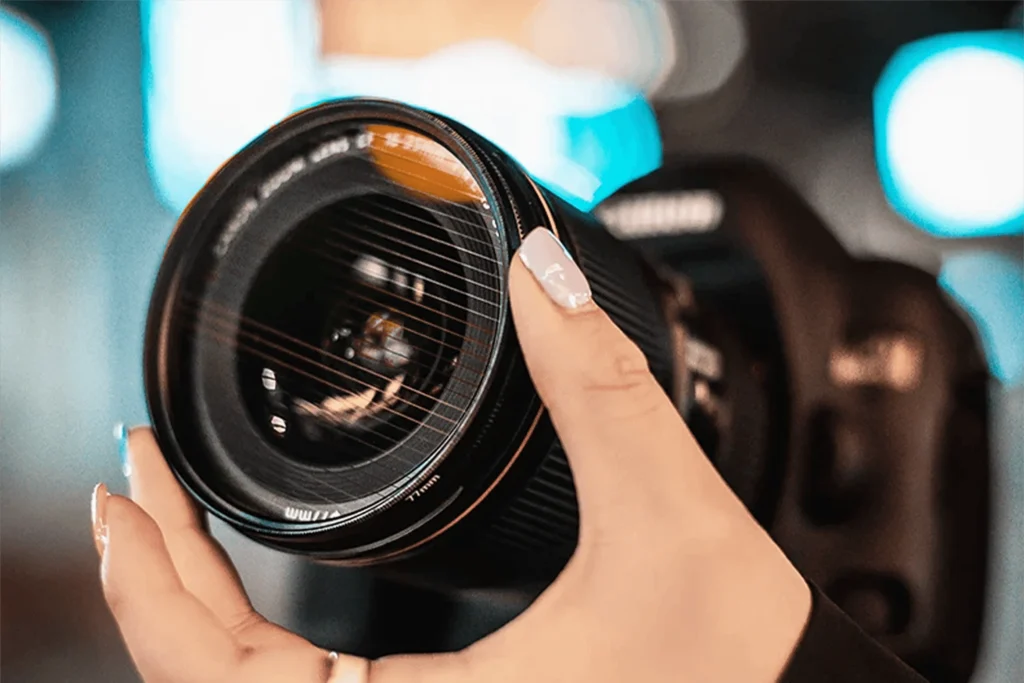Introduction to Photeeq Lens Flare
Photeeq lens flare can transform an ordinary photo into something truly spectacular. This effect, which happens when light scatters in a lens system, can add a touch of magic and drama to your images. Whether you’re a budding photographer or just someone who loves to play around with their camera, understanding how to create and use lens flare can elevate your photography skills.
What is Photeeq Lens Flare?
Photeeq lens flare is not just any light anomaly. It’s a deliberate use of light to enhance the aesthetic appeal of your photos. When light hits the camera lens at a specific angle, it creates a visible artifact. This effect can be seen in many professional photographs and films, where it adds a dreamy, radiant quality to the scene. By mastering this technique, you can add these beautiful light patterns to your own photos, making them more vibrant and engaging.
Techniques to Create Stunning Lens Flare
1. Finding the Perfect Angle
To create a photeeq lens flare, start by adjusting the angle between your camera and the light source. You’ll want to experiment with different positions until you see the flare appear in your camera’s viewfinder or LCD screen. Sometimes, just a small move can make a huge difference.
2. Using the Right Equipment
While you can create lens flare with almost any camera, using lenses with a wider aperture can enhance the effect. Additionally, lens hoods can be removed to increase the likelihood of flare, giving you more creative control over how it appears in your shots.
Enhancing Photos with Photeeq Lens Flare
1. Composition Tips
When you incorporate photeeq lens flare into your photos, think about composition. The flare should complement your subject without overpowering it. Try positioning the flare around the edges of your frame or use it to frame your subject, adding depth and interest to your composition.
2. Balancing Light and Shadow
Managing the contrast between light and dark areas is crucial when working with lens flare. Ensure that your photo maintains a balance, with the flare enhancing rather than obscuring the main elements of your picture. This might require adjusting your camera settings or editing the photo afterward to achieve the perfect balance.
Common Mistakes to Avoid with Lens Flare
1. Overpowering the Subject
One common mistake is letting the lens flare dominate the photo. While it can be a beautiful addition, it should not take away from the main subject of your picture. Always check to ensure that the flare enhances rather than detracts from the overall composition.
2. Ignoring the Camera Settings
Another mistake is not adjusting camera settings to suit the lighting conditions. Use the manual mode on your camera to control the aperture, shutter speed, and ISO. This will help you capture the lens flare effect effectively without compromising the quality of your photo.
Conclusion: Mastering Photeeq Lens Flare
Mastering photeeq lens flare is all about practice and experimentation. As you get more comfortable with finding the right angles and adjusting your camera settings, you’ll be able to add this magical effect to your photos effortlessly. Remember, the key is to use the lens flare to enhance your image’s emotional impact, making it feel more alive and dynamic.
By following these tips and techniques, you’ll be well on your way to using photeeq lens flare to transform your photos into captivating pieces of art. So, grab your camera and start experimenting with light today!
This guide provides you with all the essential information to start using photeeq lens flare effectively in your photography. By understanding the mechanics behind this beautiful effect and practicing the techniques outlined, you’re sure to bring an extra touch of magic to your photographic creations.
FAQs about Photeeq Lens Flare
1. What is lens flare, and why is it important in photography?
Lens flare occurs when a light source shines directly into the lens, creating a scattering or flaring effect. This phenomenon can add a magical or dreamy element to photographs, often used creatively to enhance the mood or add a sense of drama to the image.
2. Can I create lens flare with any camera?
Yes, you can create lens flare with almost any camera, although the quality and intensity of the flare can vary based on the type of lens and camera settings you use. DSLRs and mirrorless cameras with adjustable settings and detachable lenses offer more flexibility for creating compelling lens flare effects.
3. Do I need special equipment to create photeeq lens flare?
While no special equipment is strictly necessary, using a camera with a wide aperture lens can enhance the lens flare effect. Additionally, removing the lens hood can increase the chances of creating a flare, as it allows more light to enter the lens from different angles.
4. How do I control the lens flare effect in my photos?
Controlling lens flare involves adjusting your camera’s position relative to the light source and experimenting with different angles until you achieve the desired effect. You can also manipulate camera settings like aperture, shutter speed, and ISO to balance the light and maintain the quality of your image.
5. What are some creative ways to use lens flare in photography?
Lens flare can be used creatively in several ways:
- Highlighting Emotions: Use lens flare to convey emotion or atmosphere in your photos, adding a sense of awe or nostalgia.
- Framing the Subject: Position the flare around your subject to create a natural frame or spotlight effect.
- Enhancing Landscapes: In landscape photography, lens flare can add a radiant quality to sunrise or sunset photos, making the scene more vibrant and dynamic.
By understanding these aspects of lens flare and using it thoughtfully, photographers can enhance their creative expression and produce uniquely captivating images.
Read More: How ScotusBarnes FinancialTimes – Unveiling the Impact on Financial Journalism







